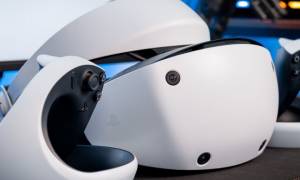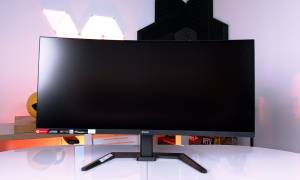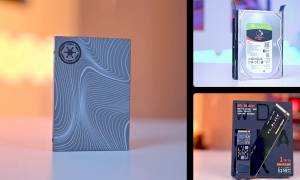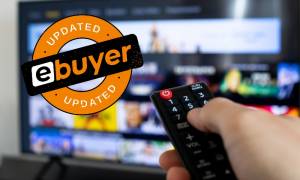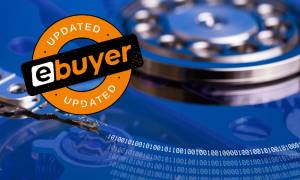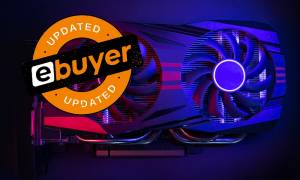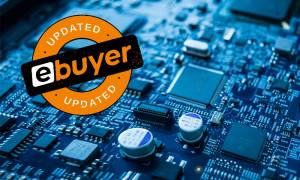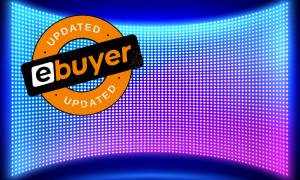Rising up the ranked leaderboard of your favourite esports game can feel like an insurmountable task. Every player’s vying for that top spot. As covered in our blog Top 10 Tips to Game like a Pro, it’s mainly practice that separates the bronze-league players from the pros. However, what esports gear you use can make a difference. Here are the esports peripherals and accessories you need to stay at the top of your game.
What is the best gaming keyboard for esports?
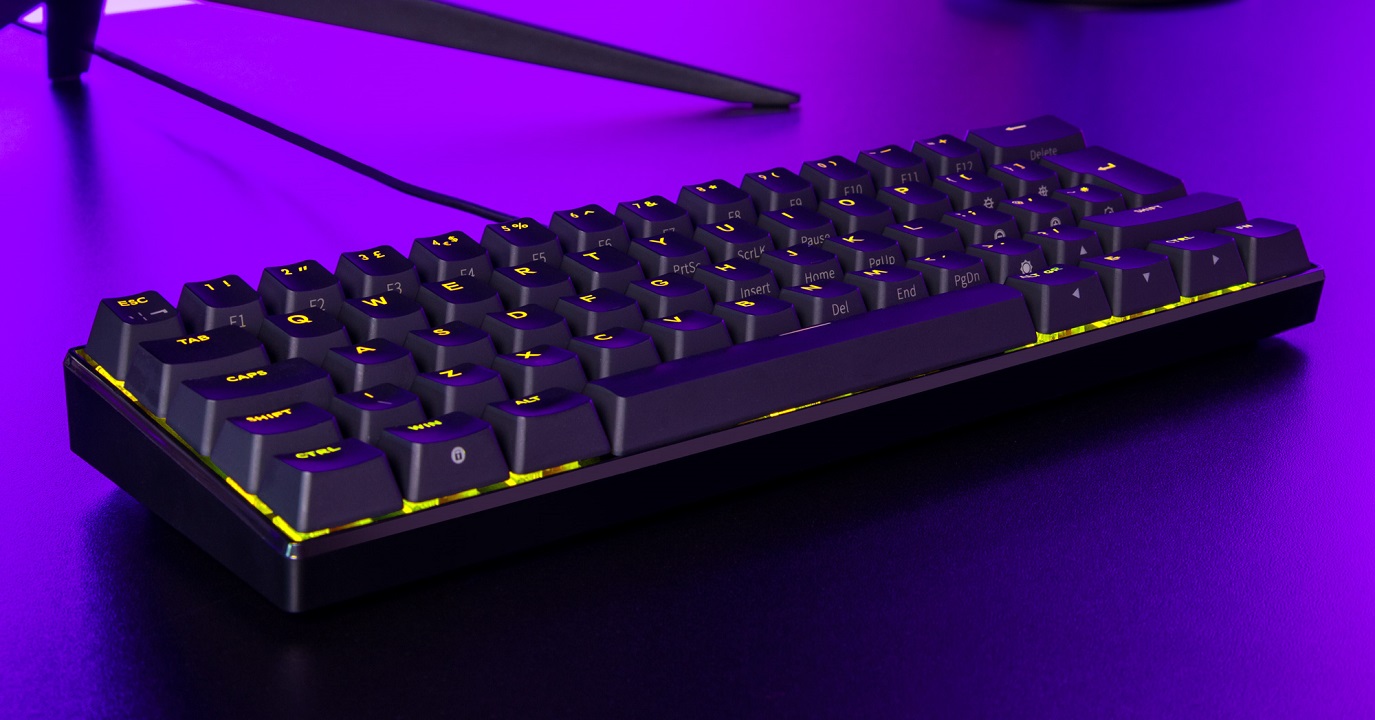 Originally designed for communication and data entry, the keyboard is now an essential bit of kit for any PC gamer. In today’s market, you have such a wide range of keyboards to choose from. Although they all perform the same basic function, there can be a surprising amount of variance between models. From mushy rubber domes and tactile mechanical switches, to per-key RGB backlighting and blank key caps, and more.
Originally designed for communication and data entry, the keyboard is now an essential bit of kit for any PC gamer. In today’s market, you have such a wide range of keyboards to choose from. Although they all perform the same basic function, there can be a surprising amount of variance between models. From mushy rubber domes and tactile mechanical switches, to per-key RGB backlighting and blank key caps, and more.
For esports, we’d argue there’s one feature more important than the rest – the keyboard’s size. Broadly speaking, gaming keyboards can be divvied up into two categories. On one hand you’ve got full-sized keyboards – those with a traditional layout including a dedicated function row and a number pad. On the other hand there’s small form-factor keyboards – 65%, tenkeyless, and so on – which omit certain keys and rows entirely. Depending on the game genre you main, you might end up favouring one size of keyboard over another.
Gaming Keyboards for First-Person Shooter Esports
Small form-factor keyboards tend to be more popular among those who main competitive first-person shooters, in which mouse movements are arguably far more important than keyboard inputs. In these games, WASD are by far the most used keys. Anything outside of this small cluster might as well not exist, save for a few keys most re-bind to a mouse’s buttons anyway. When, if ever, will an FPS player use a full-sized keyboard’s number pad in the middle of an intense firefight? That unused number pad takes up a whole lot of space on your desk, space that could otherwise be used for a bigger mousepad. Shrink down to a small form-factor keyboard and you’ll have more room for accurate, low-sensitivity mouse flicks and sweeps.
Gaming Keyboards for Real-Time Strategy Esports
At the opposite end of the genre spectrum are real-time strategy games, which demanding a ridiculously high number of actions-per-minute. When competing against a pro, you simply don’t have time to queue up actions with just your mouse, even if it’s cranked up to a super snappy sensitivity. Rather, you’ve got to take advantage of all the keyboard shortcuts to pump out build orders as fast as possible. As such, you don’t you need a desk-spanning mouse mat, but a full-sized keyboard with rows of keys at the ready. What’s more, the best gaming keyboards come bundled with software for customising the keyboard exactly to your liking.
What makes a good gaming mouse for esports?
 Since we’ve elaborated on the advantages of a gaming mouse in our Gaming Mouse Guide already, we’ll keep this section brief. So, if you want all there is to know about gaming mice – DPIs, wired versus wireless, and more – make sure to check it out.
Since we’ve elaborated on the advantages of a gaming mouse in our Gaming Mouse Guide already, we’ll keep this section brief. So, if you want all there is to know about gaming mice – DPIs, wired versus wireless, and more – make sure to check it out.
Flawless Sensor
In short, gaming mice strip out many extraneous features of ordinary mice for a lighter and more consistently reliable gaming device. Your standard off-the-shelf mouse is likely subject to angle-snapping, mouse smoothing, and acceleration. These so-called features try to predict and adjust a user’s input, speeding up day-to-day tasks. But as you can imagine, ripping control away from the player like this a nightmare in competitive games. The sensor of a gaming mouse – what’s used to capture the mouse’s movement – shouldn’t exhibit any of these flaws. It should be ‘flawless’, a term used to describe the very best gaming mouse sensors. A flawless sensor translates your mouse’s movement to the cursor exactly one-to-one.
Adjustable DPI
In addition to a flawless sensor, a gaming mouse will feature an adjustable dots-per-inch. DPI is effectively the sensitivity of your gaming mouse’s sensor. Most standard, non-gaming mice have a fixed DPI that’s often too slow or too fast. While you can change your ‘pointer speed’ in Windows to help alleviate this, it’s not as precise and granular as adjusting the DPI itself. On the other hand, you can fine-tune the DPI of a gaming mouse in single digit increments to your ideal sensitivity. This will be customisable through your gaming mouse’s software, and many models also feature DPI buttons for toggling between DPI profiles on the fly. For instance, you could have a low-sensitivity DPI profile for when you play first-person shooters and a high-sensitivity DPI profile for twitchy, fast-paced MOBAs, then switch between them as needed with the press of a button.
Additional Buttons
Speaking of buttons, you’ll find that most gaming mice have at least two additional forward-and-back buttons, but there’s also MMO-focused gaming mice with what might as well be entire number pads affixed to them. Assign your most used key binds to these mouse buttons so they’re just a thumb twitch away, and it’s likely you won’t have to lift your hand off the WASD cluster while gaming ever again.
Do I need gaming headset for esports?
 With esports, you’ve got to take every advantage you can. If you don’t, the sweatiest try-hard sure will. So, not only do you need to have your aim and movement down to a tee with a gaming keyboard and mouse, it’s essential you can hear everything that’s going in around you with a gaming headset.
With esports, you’ve got to take every advantage you can. If you don’t, the sweatiest try-hard sure will. So, not only do you need to have your aim and movement down to a tee with a gaming keyboard and mouse, it’s essential you can hear everything that’s going in around you with a gaming headset.
In esports, the mechanical ability of a player is often the main focus – how consistent their aim is, their actions-per-minute, and so on – but it’s all for nought if they can’t hear that enemy that’s right behind them. Plus, we react to auditory stimuli faster than visual stimuli, so audio is critical in our decision making. You don’t wait for your foes to waddle into frame and then react. Rather, you need a gaming headset to hear all the little audio cues that help you pin-point your foes’ position. Whether it’s gunfire off in the distance or footsteps around a corner, these sounds let you get the drop on your foes.
The majority of gaming headsets on the market feature a closed-back design, and for good reason. Although the sound stage of a closed-back headset isn’t as wide or as separated as a open-back pair, they’ll have much stronger passive noise isolation. This will help block out any external noise, heightening immersion and letting you focus solely on the match at hand. Audio is so important to tournament-level esports players that they’ll often wear two headsets: one in-ear pair to hear everything intimately and another over-the-ear pair to further increase noise isolation. What’s more, a gaming headset – as opposed to just a pair of headphones – will also feature a built-in microphone for coordinating tactics with your teammates.
Esports Gaming at Ebuyer
 Need a gaming PC to hook all these peripherals up to? Make sure to check out our How to Build a PC Guide and TN vs IPS vs VA monitor panel comparison. Super-fast frame rates paired with the high refresh rates of a gaming monitor are essential for low input lag and seeing your enemies as soon as possible.
Need a gaming PC to hook all these peripherals up to? Make sure to check out our How to Build a PC Guide and TN vs IPS vs VA monitor panel comparison. Super-fast frame rates paired with the high refresh rates of a gaming monitor are essential for low input lag and seeing your enemies as soon as possible.


